Click on images or Charmouth Home to return back.
The obvious place to start was the 1841 Tithe Map which shows buildings, occupiers and owners of properties. In the same year there is a Census and even more information can be found. It would seem that it was owned by Charles Cookney and rented by Matthew Lock. I have come across both these gentleman before in my researches. Charles originated from Lyme Regis, where he was born in 1775. He first appears in our village when he briefly rents the former shop, where Little Lodge stands today. from John Stephens in 1830. A directory of the same year describes him as a Linen Draper. He prospers and by 1840 he is described as a Yeoman on the list of Voters for the village. His tenant is Matthew Lock who is almost always described as a carpenter or builder and appears in the same Pigot’s directory as such. He leases the “Shoe & Stocking” charity field and a later survey shows him building a number of small cottages on the site. The 1841 Census shows Matthew, aged 60, married to Rose of the same age. Charles Cooney is also aged 60 and married to Mary aged 45.If we move on a decade to the next census it reveals rather more information. Charles has died and his wife is now described as a Lodging House Keeper and Matthew Lock is a former carpenter.
It is difficult from the little information that is available to puzzle out the houses next chapter apart from Reginald Paveys note: “Captain Manning, nephew of Cardinal Manning lived in this cottage; he came from London and as he was an invalid was looked after by a valet named Tom Young and later by William Boltler. On one occasion the miller, John Toms discovered that an otter had killed a number of his geese; the otter ran into the mill and lay on the top of some sacks. Toms went up and fetched Cardinal Manning who came with a spear and killed the otter. When Captain Manning left to live with Boltler at Beech House”.
But the last chapter of the history of the cottage is easier for it is from the owner that it was to get its name: “Miss Hyde`s Cottage”. Louisa was the eldest daughter of Diana Hyde who had inherited considerable property from her mother when she died in 1876. Her mother in turn had benefited from her father John Ridges Will of 1832 an extract as follows:
"I John Ridges of Charmouth bequeathe bequeathe to my daughter Diana the wife of Josiah Hyde of Kenilworth in Warwickshire, my house in Charmouth and the house lately purchased from the executors of late Simeon Symes(died 1820), deceased situated near the top of the village at present unoccupied. Properties in Charmouth in occupation of Mr Thomas, Mr Bidwell and Mrs Young as yearly tenants and other premises late in occupancy of Mrs Edwards as tenant".

The 1861 Census for the village shows Diana Hyde, a Widow aged 74 living with her 3 unmarried daughters - Louisa(aged 55), Annie (aged 42) and Helen (aged 38) at Lynwood ( Dolphin House) and renting the adjoining "Grasmere" to Mary Hunt.She is described as the owner of houses, many of which were in Charmouth. No doubt the house where her eldest daughter, Louisa was to live after her mothers death in 1876 which was to be known as "Miss Hydes Cottage" and is today the site of the Library. It is of interest to see that Louisa was born in Kenilworth, Warwickshire, where here parents formerly lived before moving to Charmouth.
Louisa Hyde, died in 1900 aged 84 and her house and gardens were purchased by the owners of "The Elms" and demolished.
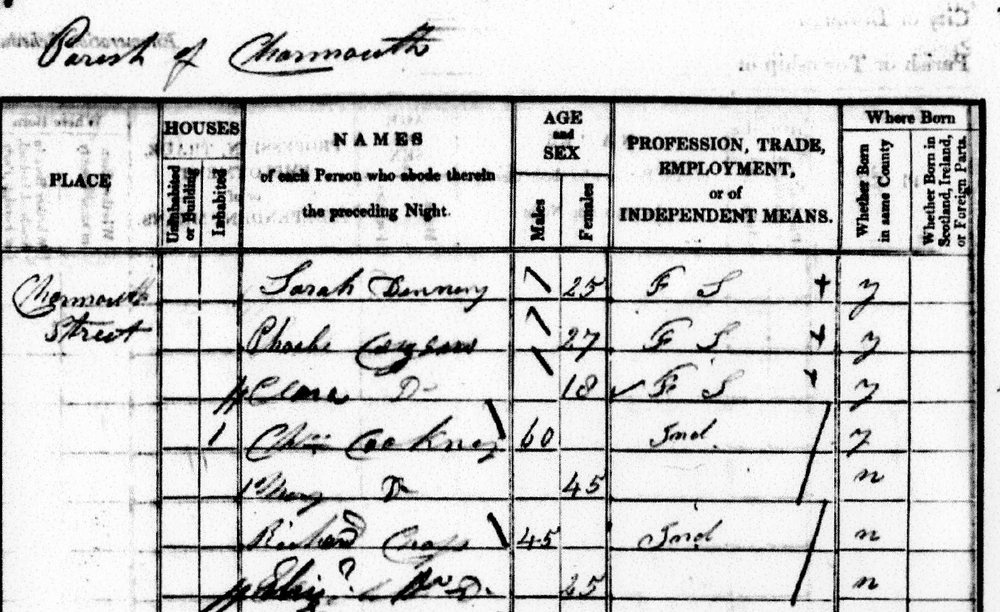
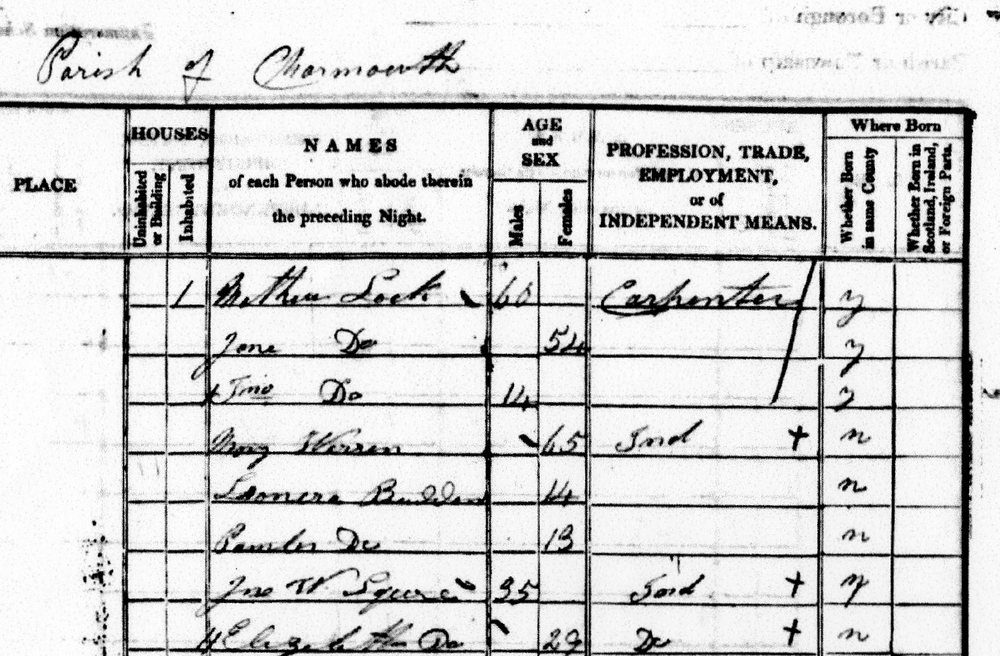
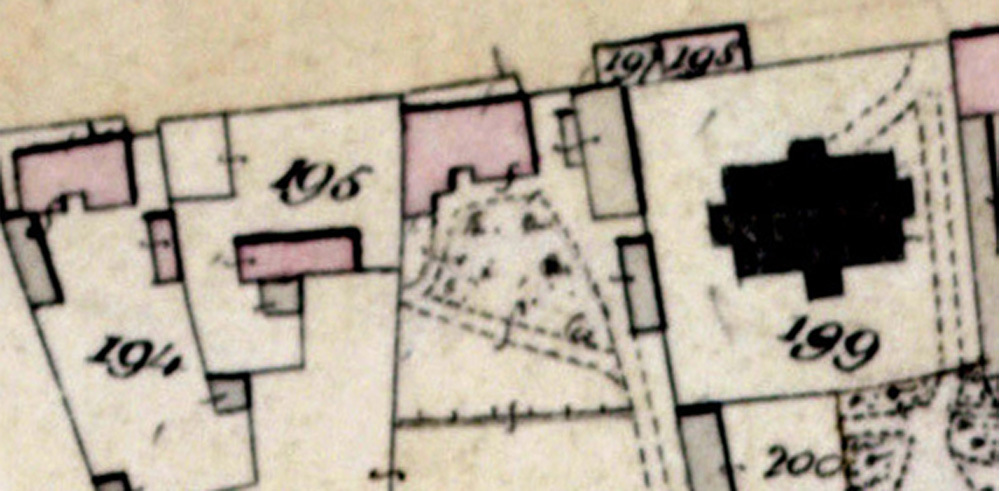
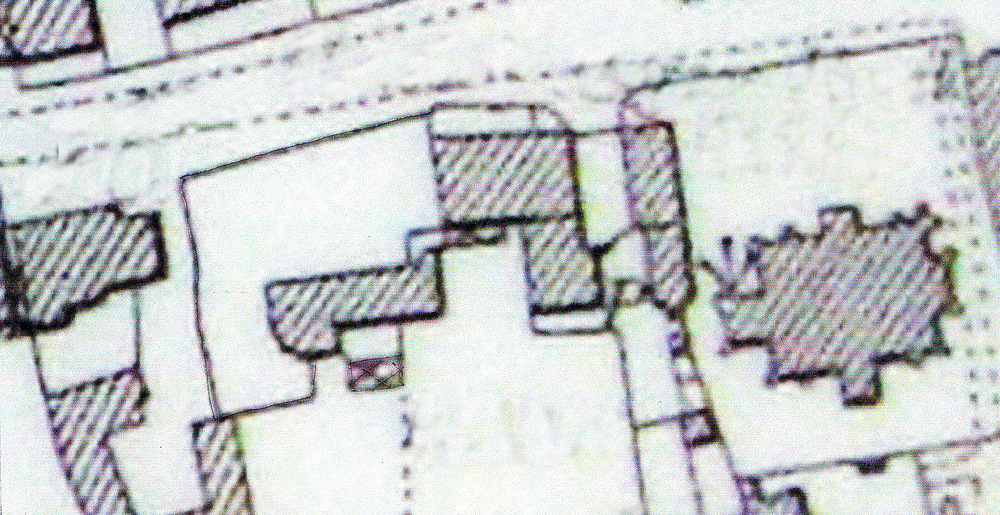
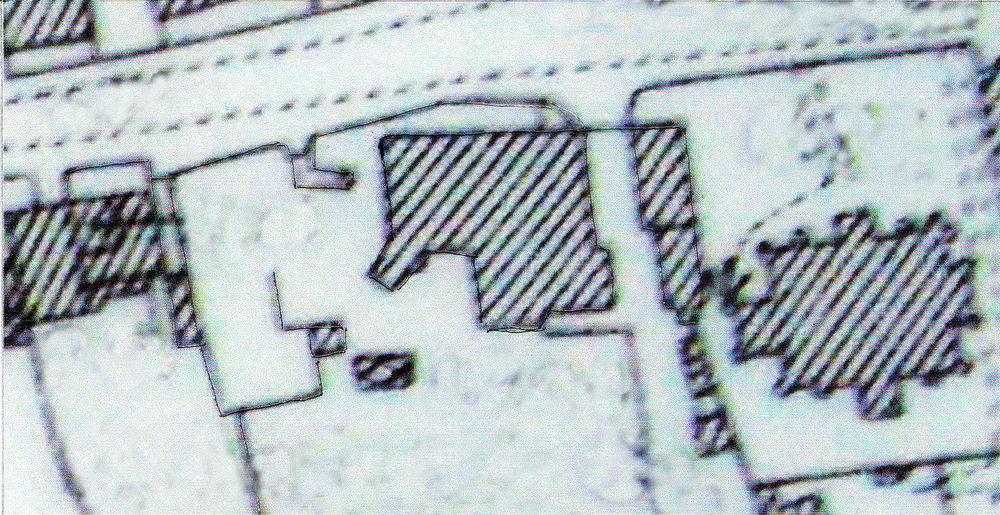
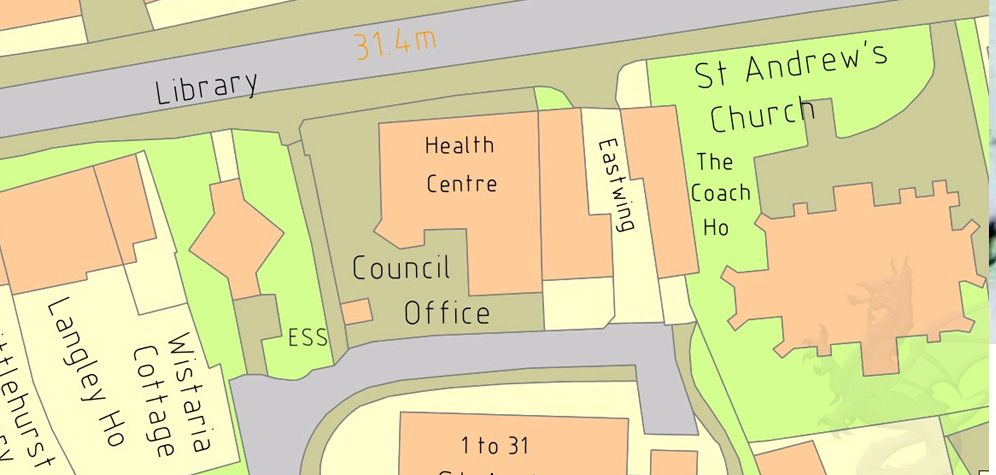
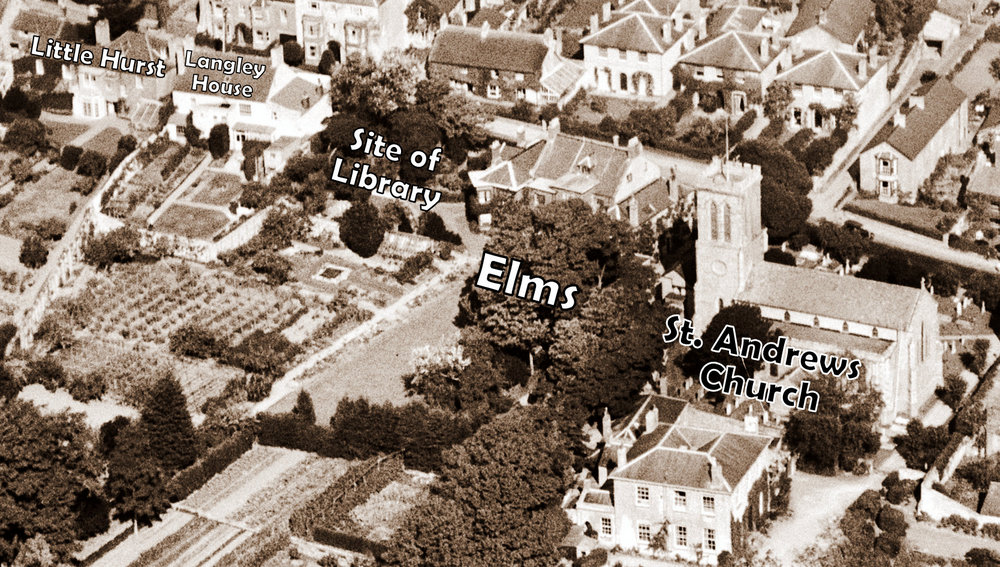
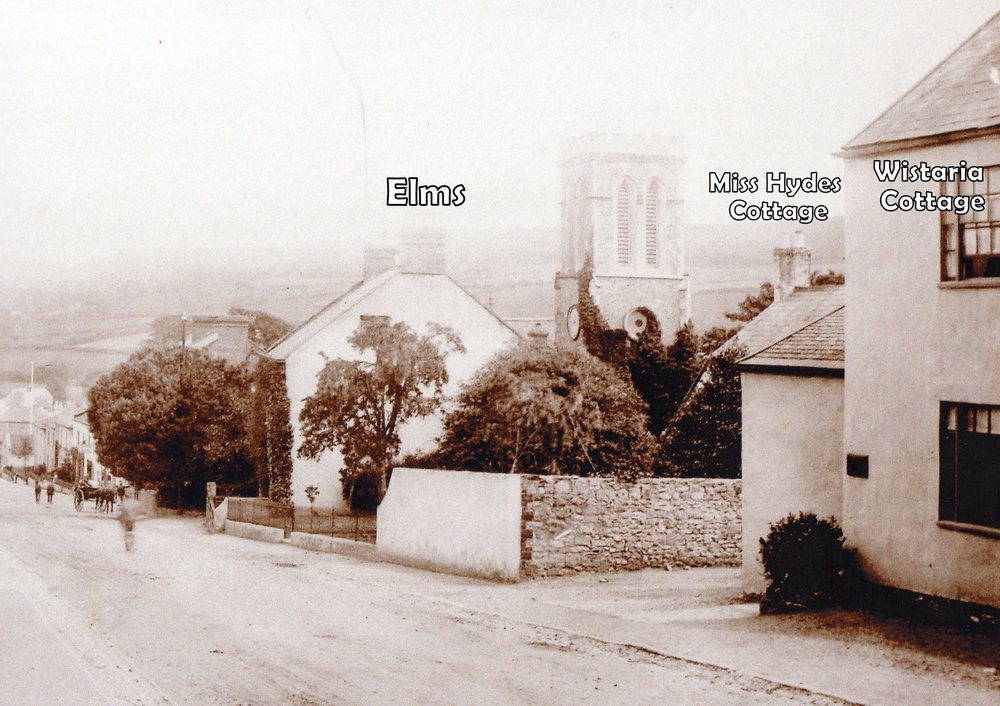
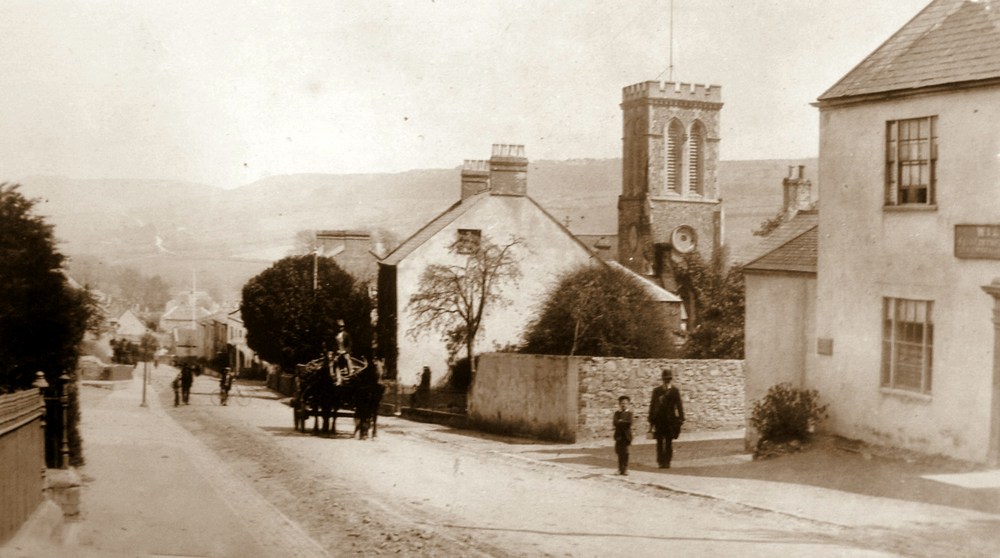
A similar view showing more of the Post Office, which replaced the one that formerly operated from Charmouth Stores from 1815. Wistaria" is a seventeenth century house. A pump with date 1611 used to stand in the kitchen, which was later unfortunately removed. It was owned, by Miss Louisa Hyde, who had a life interest in it, and was rented by George Holly. When the "Coach and Horses" was rebuilt in 1882 Holly, who was landlord, transferred the licence to "Wistaria" with a Miss Hillman as manageress. When he died in 1886 his son William, then living at "Granville House" took over the premises. He was already agent for the L.S.W.Railway Co. and transferred his horses and 'buses from the stables behind the Knap. He let a room, as branch office to the Wilts and Dorset Bank and later built an annex that was used by the bank; it was then taken over by Lloyds Bank until their premises where the "Bank Cafe" stands today were built in 1930. When Holly sold his buses to Morgan he became Postmaster. And for forty years "Wistaria" was the Post Office. William his eldest son, after an absence from Charmouth, returned to help his father. When the Post Office was moved to Cole’s' shop at "Devon Edge" on the death of William Holly senior in 1931 he opened a stationery shop. He died in 1953 and for a short while it was the County Library. The premises were purchased by Childs and Son, who transferred their ironmongers business from where "The Fossil Shop" is today and enlarged the shop.
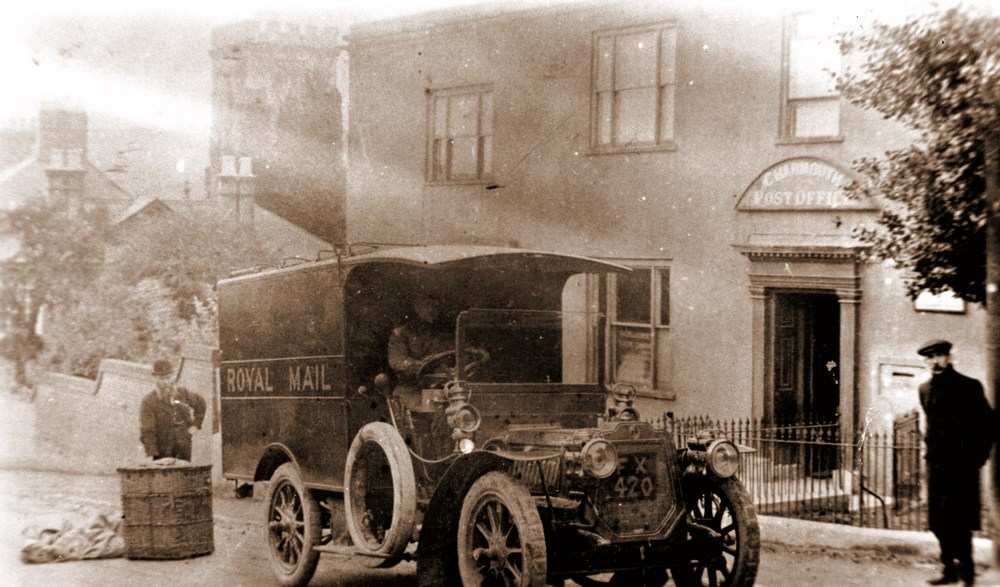
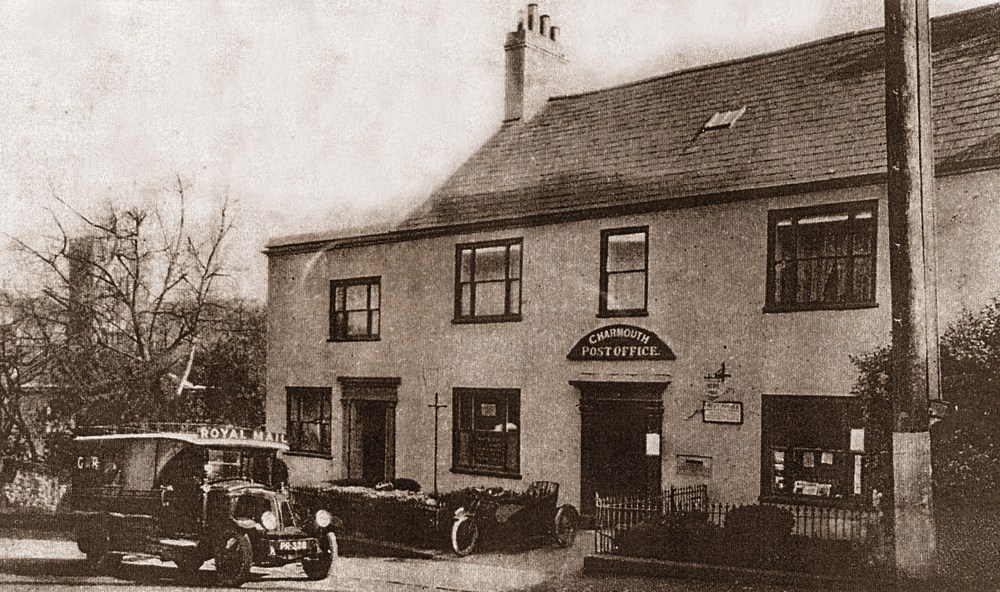
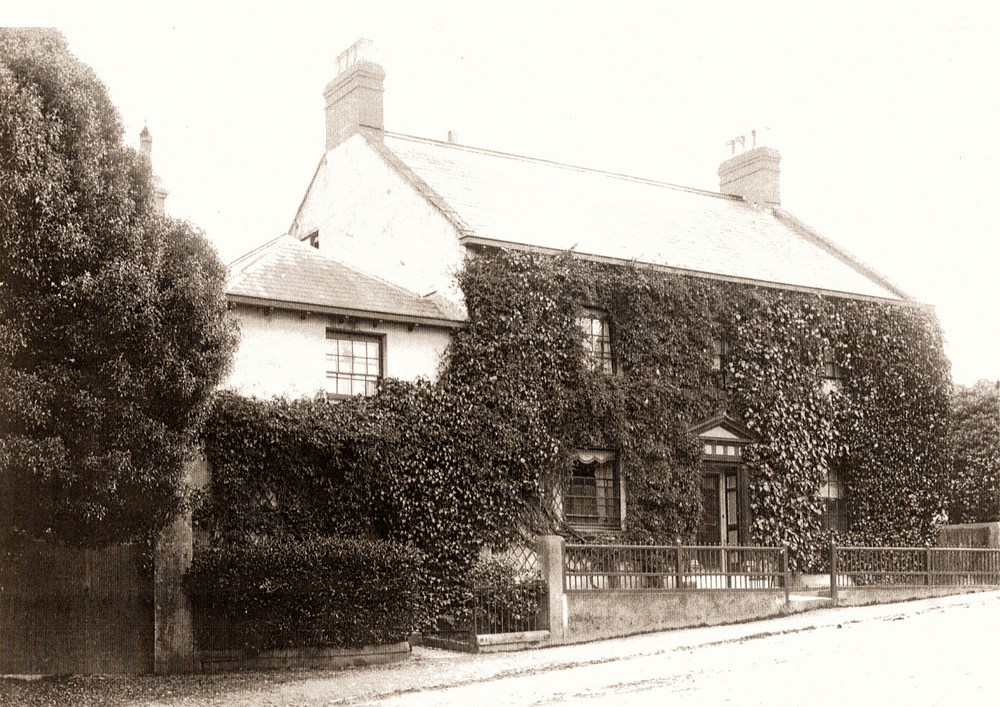
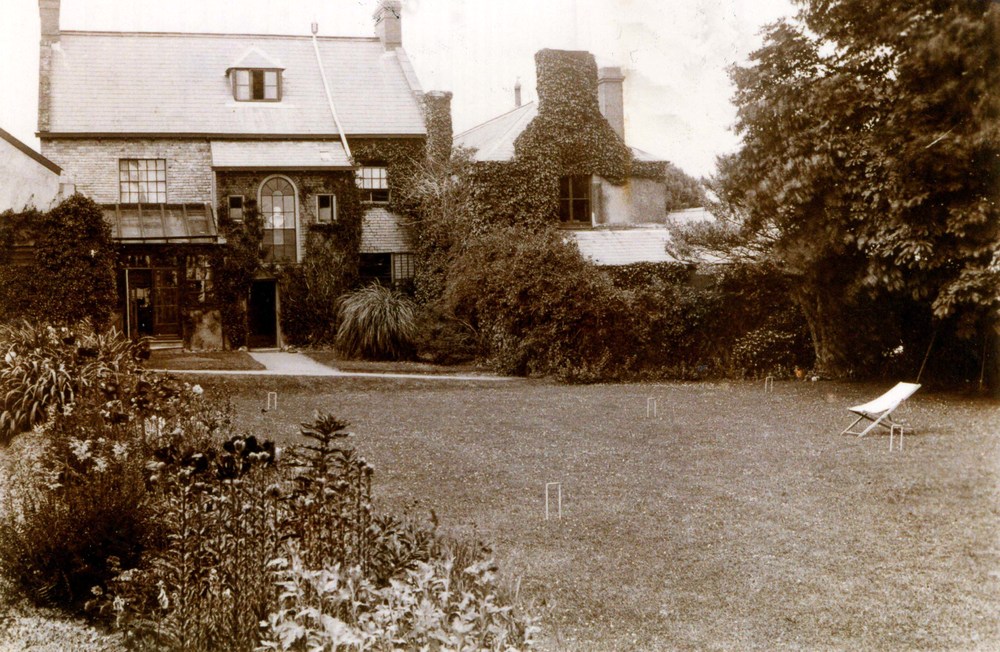
The rear of the Elms with its magnificent gardens of nearly 3 acres that once extended into Lower Sea Lane. When it was leased by Sir John Petre in 1575 to Richard Piers of Lyme Regis on a 2000 year lease it is described as follows: "the cottage in the occupation of Thomas Aman and one acre of land adjoining to the south side of the cottage and also one other acre of land lying between the land of Thomas Jesse and the land of William Webber and also common of pasture for a mare and her folew or two other beats within the customary thereof." Dr. Norris was to live there for a long from 1846 until 1888 when the principle rooms faced on to the Street. Captain and Mrs. Dixon later purchased it. They were to enlarge it with a new drawing room and billiard room and the rooms made to face the other way. After her death in 1900,"Miss Hydes Cottage" next door was purchased and knocked down and the two gardens joined. Mr and Mrs Barber were the last owners and when Mrs Barber died in 1967 the Bridport Rural District Council purchased the property the following year. It was more recently bought by the villagers for their local council.
On the west of the Library is a survival of the times when the monks of Forde Abbey owned the village. For in 1290, William the Abbot was to create a Borough in Charmouth. The full description of his plan has survived in the Cartulary that is still held by the owners of Forde Abbey. There were to be half acre plots stretching back on the north side to a boundary wall that still survives to this day. The boundary was marked by a Bank on the south and can be seen clearly on the 1841 tithe map. The ancient wall that can be seen today would have once stretched back to this Bank and may well date back to the 13the century. The Borough was not a great success with its competition from Bridport and Lyme Regis and many of the burgages were amalgamated to form larger more viable holdings. The 1564 Survey for the village carried out by Sir William Petre shows most tenants had an acre of land with their houses on "The Street" and one acre of land on the Common which stretched south from the Street and has survived in the name of a street today as "Double Common".